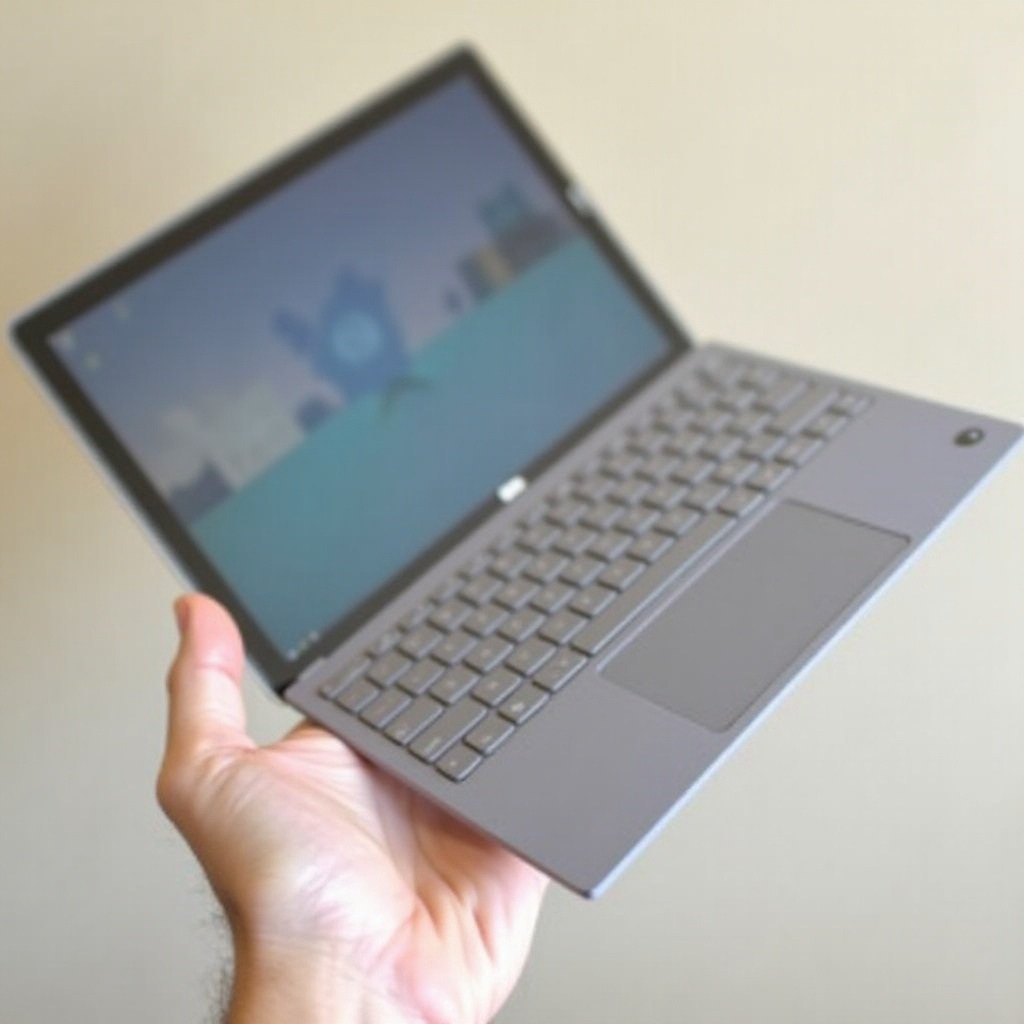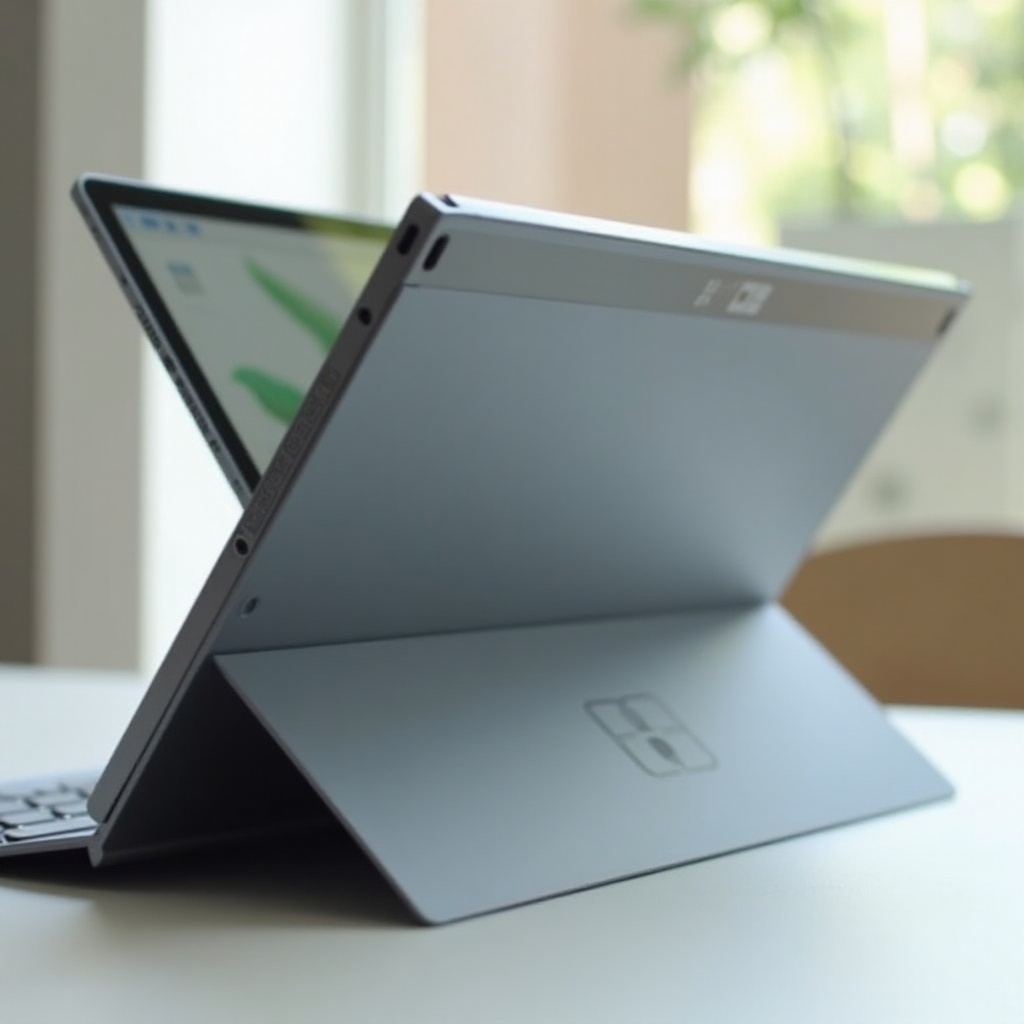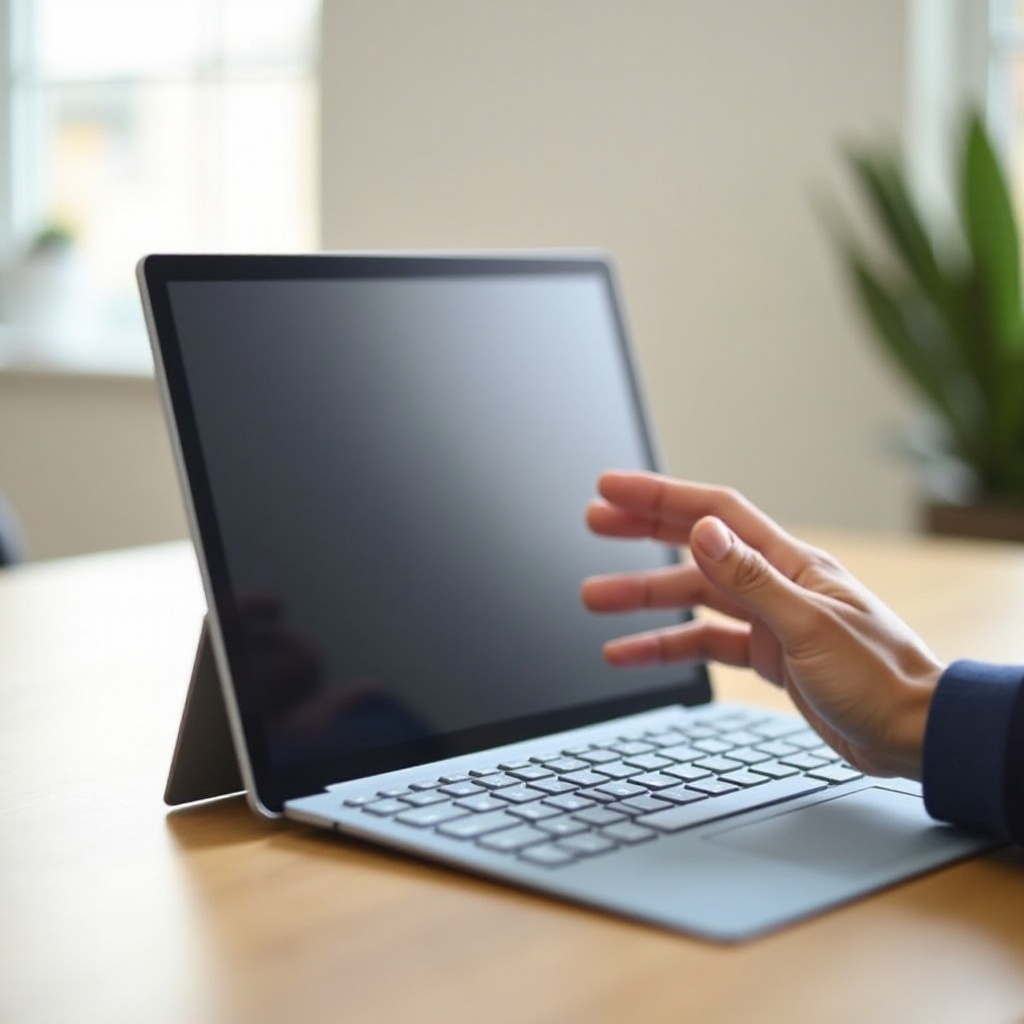Introduction
Switching your Surface Go into tablet mode provides an enhanced experience for on-the-go use. This mode optimizes the interface for touch and pen inputs, revolutionizing how you interact with applications and media. However, a common query is how to effectively disable the physical keyboard while in tablet mode. This blog offers a detailed, step-by-step guide to help you achieve that, ensuring you get the most out of your Surface Go.

Understanding Tablet Mode on Surface Go
When your Surface Go enters tablet mode, it shifts its interface, offering a more touch-friendly experience. In this section, we will delve into tablet mode specifics and its benefits.
What is Tablet Mode?
Tablet mode transforms the Surface Go’s desktop interface into a more intuitive touch-based interface. The Start menu expands to fill the entire screen, and icons for running applications become larger and more accessible, making it easier to use touch gestures.
Benefits of Using Tablet Mode
Using tablet mode provides numerous advantages:
– Enhanced Touch Navigation: The interface becomes more touch-friendly, with larger icons and simplified navigation.
– Better Multitasking: Split screens and snap features help multitask efficiently.
– Pen Functionality: Improved responsiveness and integration for pen input.
Surface Go’s Key Features in Tablet Mode
The Surface Go is equipped with various features that are optimized in tablet mode:
– Touchscreen Interface: For natural, intuitive interaction.
– Surface Pen Support: For precise drawing and note-taking.
– Integrates With Windows Ink Workspace: For easy access to pen-related features.
Now that we understand the benefits and features of tablet mode, let’s explore how to disable the physical keyboard while using this mode.

Step-by-Step Guide to Disable the Keyboard in Tablet Mode
To optimize your Surface Go experience in tablet mode, disabling the physical keyboard is a crucial step. This section provides comprehensive methods to disable the keyboard.
Using the Settings App
- Open Settings: Tap on the Start menu and select the gear-shaped Settings icon.
- Navigate to Devices: In the Settings window, choose ‘Devices.
- Click on Typing: Under the Devices menu, select ‘Typing.
- Auto-Populate: Ensure the ‘Automatically show the touch keyboard in windowed apps when there’s no keyboard attached to your device’ is toggled on. This setting ensures the on-screen keyboard appears automatically.
Disabling Keyboard through Device Manager
- Open Device Manager: Right-click on the Start menu and select ‘Device Manager.
- Find Keyboard: Expand the ‘Keyboards’ section.
- Choose Keyboard: Right-click on ‘Surface Type Cover Filter Device’ (or similar) and select ‘Disable device.
- Confirm Action: Confirm that you want to disable the keyboard.
Ensuring Keyboard is Disabled Properly
Once you’ve disabled the keyboard, it’s essential to verify:
1. Check Taskbar Icons: Make sure there are no keyboard-related icons showing active.
2. Restart Surface Go: Restart your device to ensure changes take effect.
3. Verify Through Typing: Try typing on the physical keyboard. It should not register any inputs.
Having learned how to disable the keyboard, it’s helpful to know how to address any issues that might arise.
Troubleshooting Common Issues
Even after following the steps, you may encounter issues. This section addresses some common problems and offers solutions.
Keyboard Not Re-enabling After Exiting Tablet Mode
If your keyboard doesn’t re-enable:
1. Reinstall Keyboard Driver: Go to Device Manager, right-click your keyboard, and select ‘Uninstall device.’ Restart the Surface Go, and it should reinstall the driver.
2. Manual Enable: Go back to Device Manager, find your keyboard, and select ‘Enable device.
Surface Go Not Automatically Entering Tablet Mode
If auto-switching to tablet mode isn’t working:
1. Manual Activation: Swipe from the right edge of the screen, tap ‘Tablet mode’ to activate it manually.
2. Check Settings: Go to Settings > System > Tablet and ensure the option ‘When I sign in, use the appropriate mode for my hardware’ is selected.
Virtual Keyboard Not Appearing Correctly
If the on-screen keyboard doesn’t appear:
1. Enable Touch Keyboard: Go to Settings > Devices > Typing and ensure ‘Show the touch keyboard when not in tablet mode and there’s no keyboard attached’ is toggled on.
2. Restart Tablet Mode: Turn off and then turn on tablet mode to refresh the settings.
Beyond troubleshooting, here are some additional tips to enhance your tablet mode experience.
Additional Tips for Enhanced Tablet Mode Experience
For an optimized tablet experience on the Surface Go, consider these additional tips.
Customizing Touch and Pen Settings
Adjust your touch and pen settings for better responsiveness:
1. Pen Settings: Go to Settings > Devices > Pen & Windows Ink and adjust settings.
2. Touch Settings: Calibrate the touch input through Settings > Devices > Display.
Managing Other Peripherals and Accessories
Handle other peripherals and accessories effectively:
1. Bluetooth Devices: Access Settings > Devices > Bluetooth & other devices to manage peripheral connections.
2. Dock Settings: If using a docking station, ensure compatibility and functionality through the device drivers.

Conclusion
Disabling the keyboard in tablet mode on the Surface Go enhances its utility and touch interface, offering a more streamlined experience. By following the provided steps and troubleshooting tips, you ensure that your Surface Go is customized to your preferences, thereby maximizing its efficiency and usability in tablet mode.
Frequently Asked Questions
How can I enable the keyboard again after disabling it in tablet mode?
Enable your keyboard through Device Manager by right-clicking the keyboard device and selecting ‘Enable device.’ Alternatively, reinstall the keyboard driver.
Why is my Surface Go not automatically switching to tablet mode?
Manually activate tablet mode via the Action Center or adjust settings in System > Tablet to ensure proper auto-switching behavior.
What should I do if the virtual keyboard is not appearing in tablet mode?
Ensure the virtual keyboard is enabled in Settings > Devices > Typing. Restart tablet mode to refresh its functionalities.